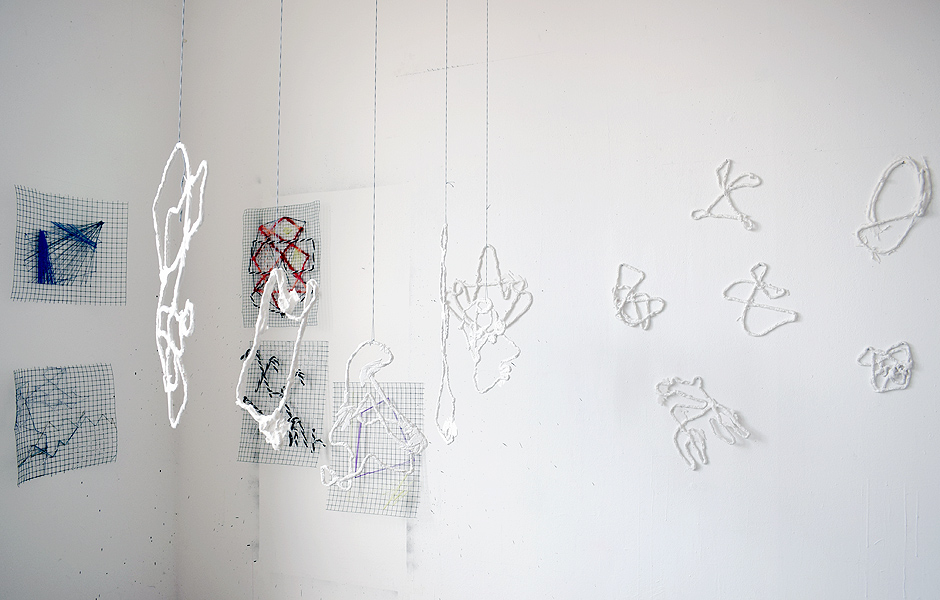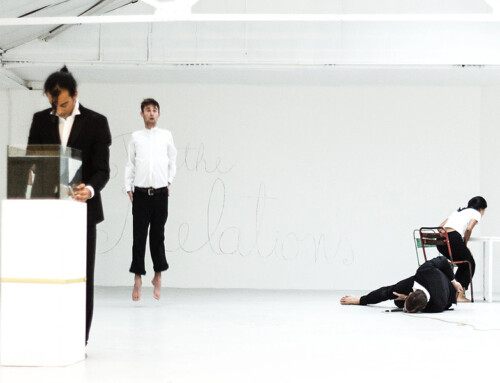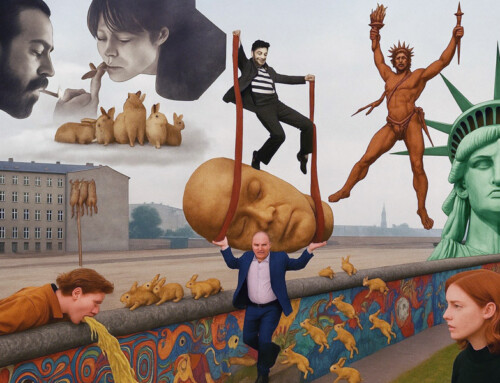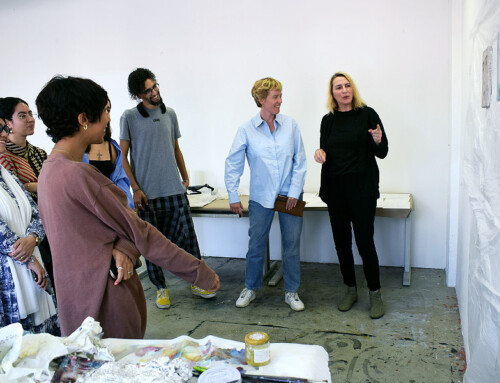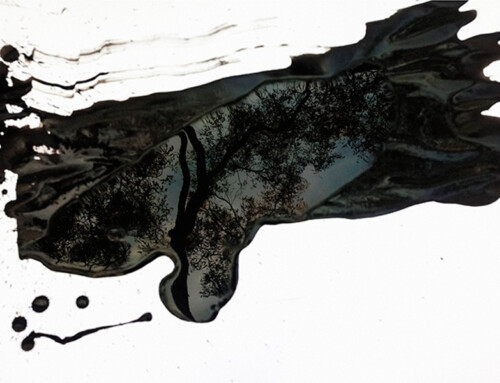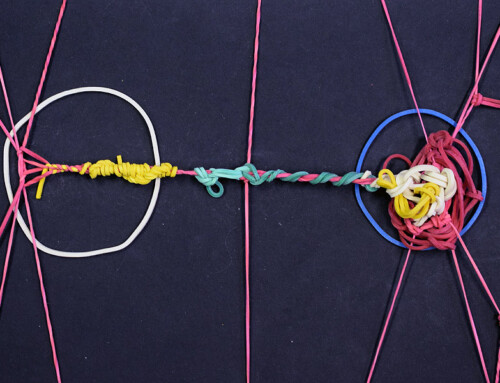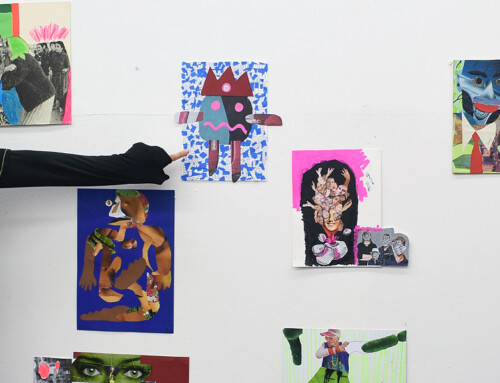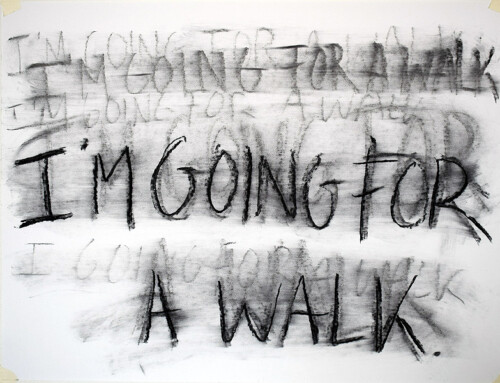Workshop EXPERIMENTAL DRAWING: String Theory: Thread as a drawing tool by Emily Hunt
General Course Description
In this course we will experiment with drawing with string. The concept of a spiral or a continuous thread will be the starting point for a series of artistic methods. The aim is to begin thinking about drawing in three-dimensional space. A short lecture at the beginning of the course will bring together three interconnected concepts: 17th century calligraphy, string art/cat’s cradles and knot theory. The work of master scrollwork and calligrapher Baudoin van Horicke will be discussed in relation with the contemporary artists whose practices use the continuous scroll or calligraphic ornament as a visual language. A warm-up exercise will entail not lifting the pencil while making a portrait. The second exercise will introduce the Spirograph-like esoteric work of Emma Kunz and Louise Despont in relation to mathematical shapes containing personality and meaning. We will construct a free-form string work that uses thread as a drawing tool. The third exercise allows a drawing of a knot to “harden” using plaster, and therefore become a sculpture.
Duration: The dates will be published soon.
Hours: Each day from 10 AM – 12:30 PM
Seats: Max. 20 | Language: English
Fees: The participation fee is €90 per person including material (without accommodation).
The fee is VAT-exempt by the Governing Mayor of Berlin – Senate Chancellery Higher Education and Research pursuant to Paragraph 4 No. (21) (a)(bb) UStG (German Value Added Tax Act).
Learning outcomes
This course provides a comprehensive framework for developing exhibition concepts by delving into the creative process of connecting ideas. Participants will have the opportunity to experiment with a variety of art forms, including drawing, string art, and plaster dipping. Over the course of two days, participants will create three finished artworks and acquire new techniques that can be integrated into their artistic practices. This hands-on experience will allow participants to expand their creative horizons and explore new avenues of artistic expression.
Program Structure with Daily Lesson Plan
Day 1
10 – 10.30 am
The course will commence with a presentation on the topic of three interconnected concepts: 17th century calligraphy, string art and cat’s cradles, and knot theory in relation to string as a medium for drawing. The presentation will provide participants with an understanding of the historical and theoretical foundations of these concepts, as well as their practical applications. Participants will learn how to combine these concepts to create original works of art.
10.30 – 11.15 am
For this exercise, participants will pair up to create an abstract portrait using pencil. The technique employed will incorporate elements of 17th century calligraphic spiral drawing and shading. Participants are instructed to keep the pencil in continuous contact with the paper, creating a moving scroll to represent the subject’s face. Emily Hunt will provide examples to demonstrate the technique and offer guidance to participants.
11.15 – 12.15 pm
Drawing with plaster: To create a unique sculptural drawing, start by choosing a length of string. Dip the string into a container of plaster, making sure it is fully coated. Next, lay the string out on a plastic sheet, moving it around to create an intricate knot shape. Repeat this process to create a total of 3 sculptures.
As the plaster dries, the string will harden, preserving the shape of the knot. Once the sculptures are dry, they can be painted or left in their natural state. Experiment with different lengths of string and knot shapes to create a collection of unique, three-dimensional works of art.
12.15 – 12.30 pm
The first part of the string work will be introduced. Using a wire mesh as the foundation, participants will design a sculptural drawing by selecting 3 to 4 threads of wool for construction. They will begin by freely creating shapes and angles, while keeping in mind the associations of shapes. Through the use of weaving and knotting techniques, participants can create intricate designs.
For example, geometric designs can be created by weaving the wool threads in straight lines and angles, or a more organic design can be achieved by weaving the threads in curves and loops. The final result will be a three-dimensional work of art.
Day 2
11 am – 10.30 am
The course will begin with a presentation by Emily Hunt, who will discuss the process of forming a concept for an exhibition using a method she refers to as “string theory.” During her presentation, Emily will share insights into how she applied this approach to create a solo exhibition.
10.30 – 11 am
An exercise of drawing will be conducted using graphite sticks to create form and volume. Working quickly and intuitively, up to 10 drawings will be made spontaneously and then discussed at the end of class.
11 am to 12 pm
Finishing and refining yesterday’s weaving artwork.
12 pm – 12.30 pm
Gathering of four different techniques. The hanging of plaster drawings. Participants will engage in a discussion about their work. They review the successes and failures of their artworks and reflect on the skills they acquired. This discussion provides an opportunity for feedback.
Your Workshop Instructor
Emily Hunt (born Sydney, 1981) creates ornamental, figurative ceramics. Her history as a rare-book dealer has informed her encyclopedic approach to her art-making, taking influences from the history of ornament, visionary art, big-ego personalities and scholarly magical texts. She creates world-building installations that reflect automatism in ceramic forms. Her work articulates the concept of the collapse of a macro & micro world view, and walking as a magical tool. From 2017 to 2018, she created large new body of ceramics and etchings for exhibition in Second Sight: Witchcraft, Ritual, Power at UQ Art Museum (AU). Her etchings were installed on alongside Hans Baldung Grien and Albrecht Dürer. The invitation to create work for an exhibition about witchcraft was a turning point in her research and Hunt started to delve into the earliest representations of women as witches. The result has been her on-going fascination into the history of western esotericism, magick and the occult in print history.
More information on the Emily Hunt Website and on Instagram.


